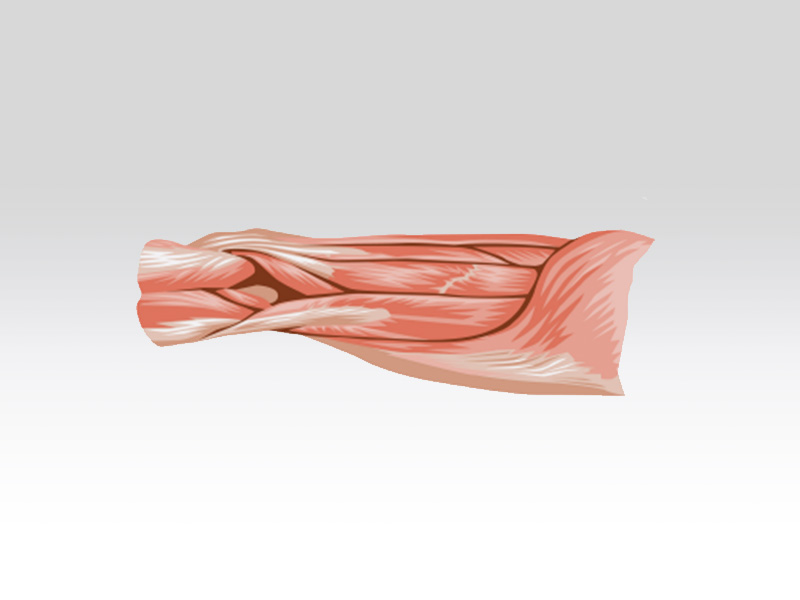Hamstring muscle injuries occur frequently among recreational and elite athletes. Lumbar spine stiffness causing hamstring nerve tension has been shown to delay recovery and increase the risk of recurrent injury.
Effects of lumbar spine mobility:
The primary movement of the lumbar spine is to bend forward and backward. A stiff lower back can place more stress on surrounding muscle structures. Eg. When sprinting at high speeds on a rugby field if there is a lack of flexibility in the lumbar spine segments the load can build up elsewhere commonly the hamstring.
What is nerve tension:
Multiple nerve pathways are in the muscle tissue supplying oxygen so it can function. When stress is applied to these nerve pathways the muscle cannot function properly.
The build up of stiffness in the lower back can create an excessive load in the hamstring, which increases nerve tension and ultimately a tear!
Simple ways to prevent a hamstring injury or reoccurrence of injury:
- Stretching your lower back (lower back rotations) in your warm up and cool down
- Pilates to increase your pelvic girdle and core strength facilitating flexibility in your lumbar spine
Our physios can do some simple tests for hamstring nerve tension to decrease your risk of a reoccurring hammy strain and improve your performance!
